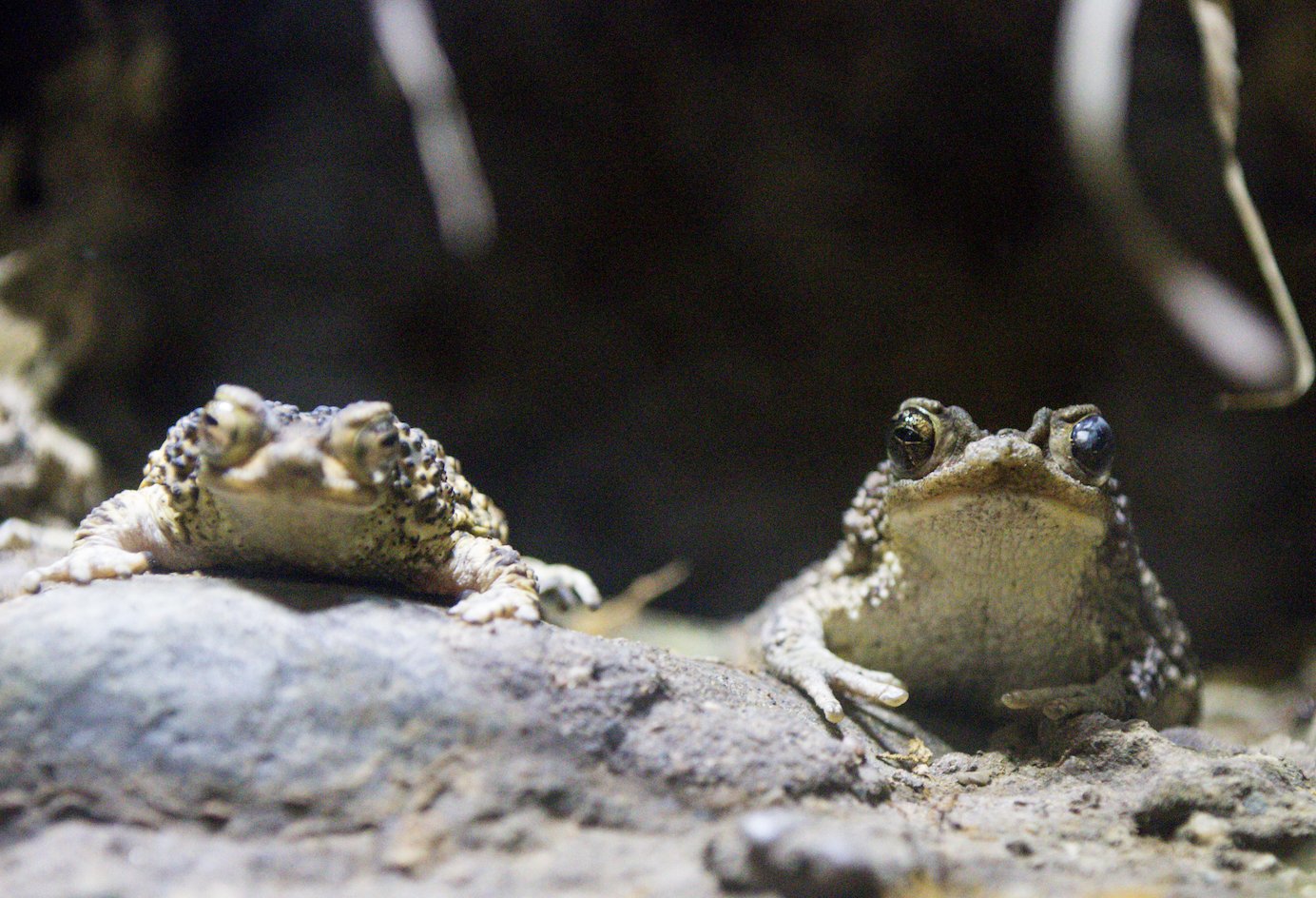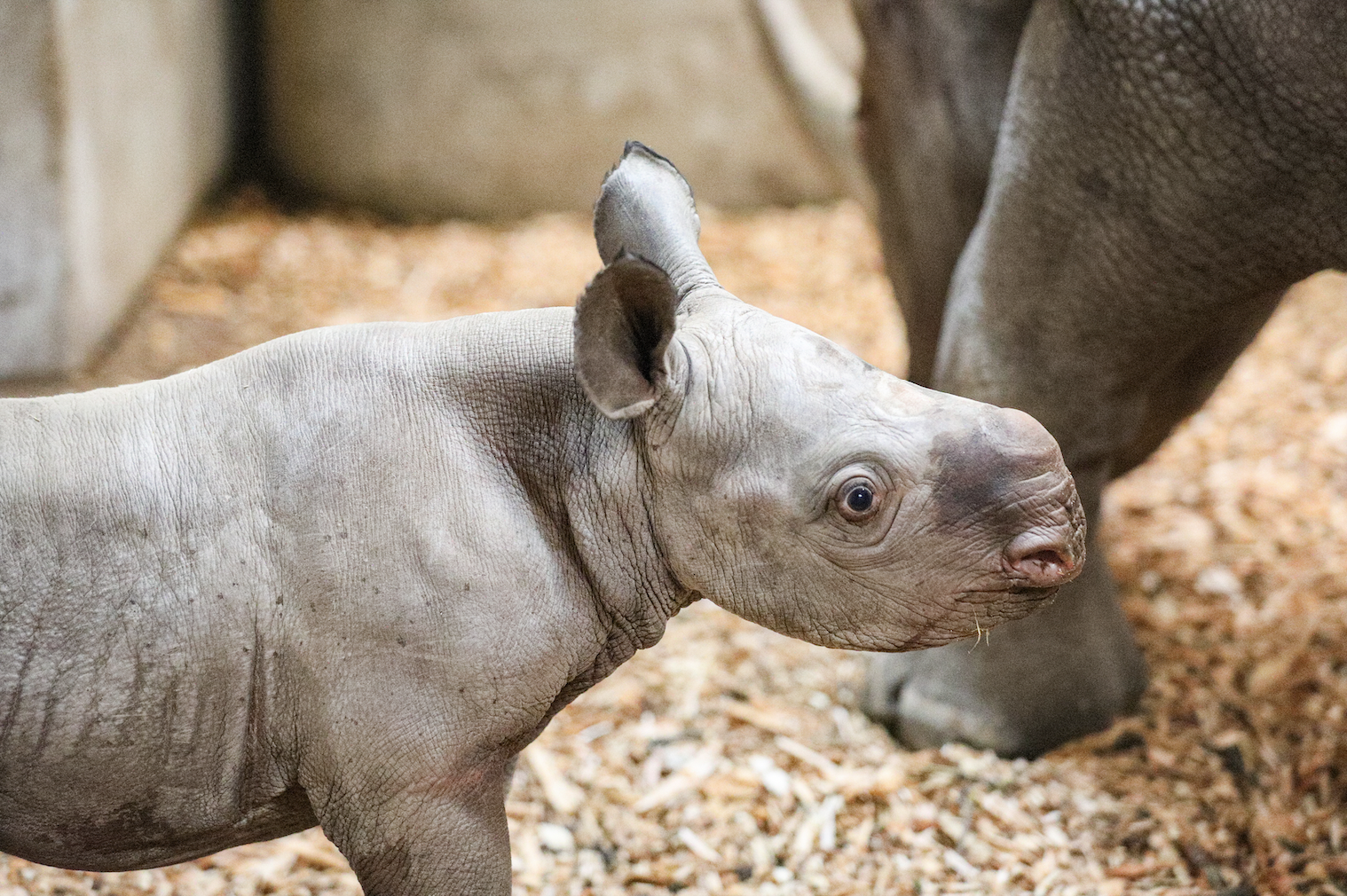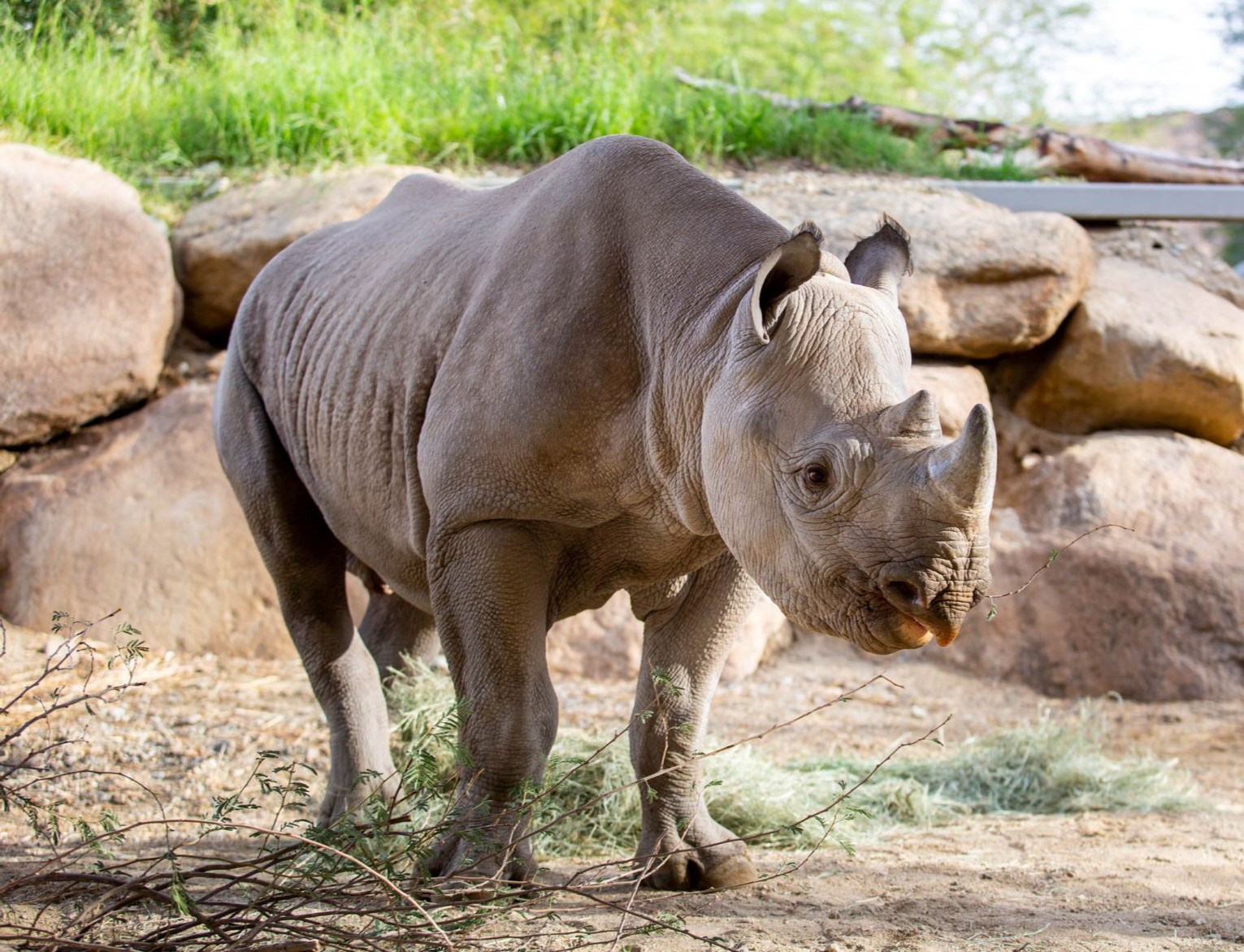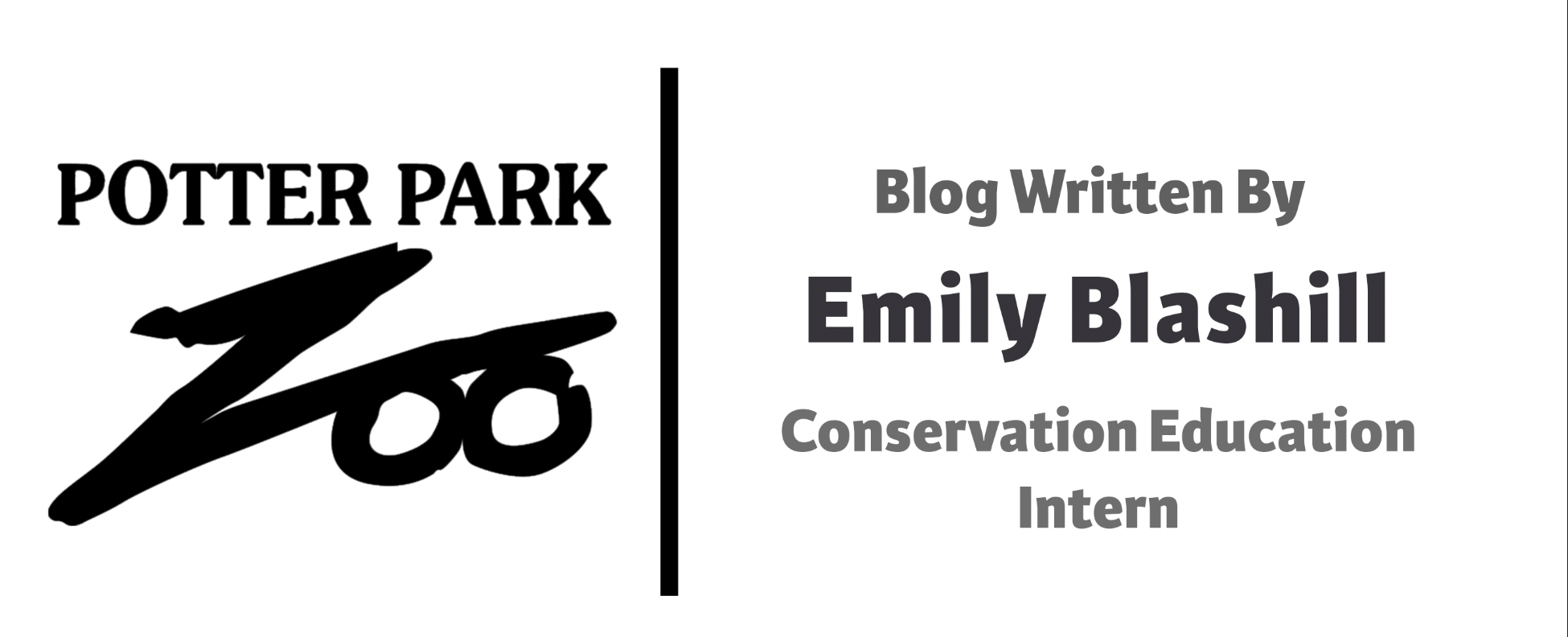Zoos and aquariums accredited by the Association of Zoos and Aquariums (AZA) have one shared goal. They strive to save and sustain the planet’s wildlife by caring for endangered and threatened species in human care and conserving natural spaces. AZA institutions like Potter Park Zoo provide the public opportunities to connect with wildlife in hopes of improving conservation efforts. They do this by providing conservation education programs, spreading awareness for wildlife protection, and by maintaining carefully managed breeding programs (called Species Survival Plans). For many people, a zoo or aquarium is the closest contact they will have with some of the world’s incredibly diverse wildlife. To achieve our shared goal it is important that AZA institutions have an active role in their communities, engaging guests in a way that invites them to participate in the conservation of wildlife.

How is the AZA saving animals from extinction?
Members of AZA created a program called SAFE (Saving Animals From Extinction). This program focuses on the collaboration of institutional knowledge about a particular species and uses large scale group efforts to bring attention to species in peril. These species are usually threatened or endangered. SAFE works to bring existing recovery plans into a harmonized effort, concentrating on the human aspects of conservation. Every year more species are added to the growing list of AZA SAFE programs. See the full list of species here on the AZA website: https://www.aza.org/aza-safe
What is a Species Survival Plan?
Species Survival Plans (SSPs) are population management programs for specific species. The main goal of SSPs is to maintain genetically diverse, multi-generational, and stable populations of animals in human care. Each plan keeps a carefully recorded studbook and publishes a breeding and transfer plan regularly. Every birth or hatching is carefully planned to improve the species in human care. This helps AZA members manage species collectively, with careful planning for the future of the species both in human care and with hopes of future reintroduction programs.
 How are AZA institutions restoring nature?
How are AZA institutions restoring nature?
Reintroduction programs, field research projects, and community conservation work are methodsAZA members use to restore nature. Potter Park Zoo is actively involved in a project for the captive breeding and release of Puerto Rican Crested Toads. Once thought extinct, these toads are an endangered species native to the island of Puerto Rico. The zoohas a small population of the toads used for breeding. Since 2009, more than 20,000 tadpoles and toadlets have left Potter Park Zoo to return to release sites in Puerto Rico. A few other release programs that AZA members participate in include the California condor, black-footed ferret, and even sturgeon in the Great Lakes watershed. Field research projects and community conservation work help us identify challenges wildlife are facing and how we can support local communities in the conservation of that species.
How do we know these efforts are working?
There are so many success stories proving the efforts made by AZA-accredited institutions are saving multiple species populations from declining and going extinct. One local example is Potter Park Zoo’s Eastern black rhino breeding program. The birth of the male rhino calf, Jaali, is the definition of a conservation success. Black rhinos are considered critically endangered. Due to poaching and wildlife-trafficking for its horn, they have suffered a 90% population decline to less than 2,500 by the early 90’s. Thanks to the persistent conservation efforts of institutions like Potter Park Zoo, the population has increased in the last 20 years to around 5,600 individuals. Jaali now resides at The Living Desert Zoo as their first resident of a new rhino savanna exhibit. Jaali will play a valuable role in future black rhino breeding programs and the overall survival of the species.


Want to learn more about this topic? Check out some of other blog posts!
Black Rhino breeding program at PPZ:
Puerto Rican Crested Toads depart for Puerto Rico:
Other reintroduction programs by AZA members:
https://www.aza.org/reintroduction-programs




